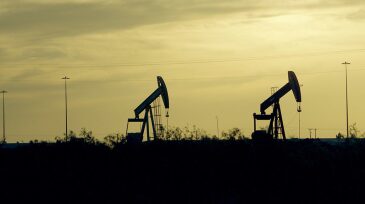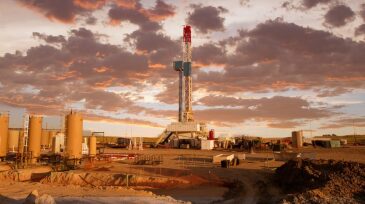Permian Basin
-
A new paper from ADI Analytics examines the circumstances in which natural gas could become an attractive method for fueling oilfield equipment.
-
In the dry, dusty plains of West Texas, home to America’s most prolific oil play, the problem isn’t too little water. It’s too much.
-
A marked change from a decade ago, Appalachia, the Permian, and the Haynesville now represent almost half of total US gas production, EIA reports.
-
Operators are increasing capital budgets in the wake of tariffs and quotas initiated by the US government on steel imports, and the product exclusion process has revealed a host of other issues. If the tariffs are here to stay, what does industry hope to see moving forward?
-
A new report shows a 16% increase fueled by longer lateral lengths and horizontal drilling activity out of the Permian Basin. Continued gains in these areas should bode well for the future, but other factors may play into the market’s performance.
-
Production from older wells in the Permian Basin is declining faster than widely assumed, according to a new study. If this trend holds, it could lead to problems for companies that are depending on those wells to pay for future development or to justify a big acquisition.
-
Diamondback is slated to become the Permian’s latest pure-play giant with its pending purchases of Energen and Ajax Resources.
-
While US onshore still holds an edge, international oil companies are finding attractive options for diversifying their portfolios, mixing onshore with offshore conventional fields, where finding and development costs are down , and the time it takes to bring them on line.
-
The rise of cube developments in the Permian Basin has introduced a new way of thinking for some of the region’s biggest players.
-
Seismic stimulation, achievable with the implementation of a single tool, requires significantly lower investments than gas, thermal, and chemical injection methods, with minimal environmental impact.










